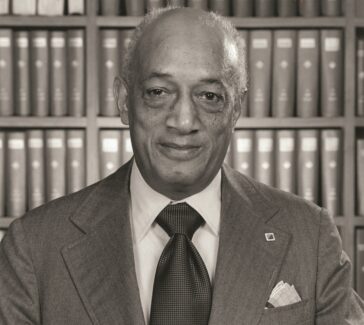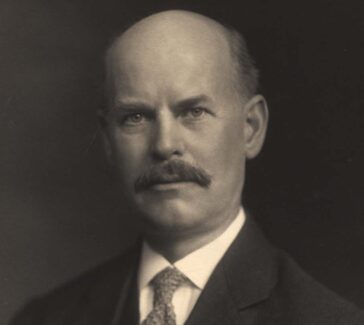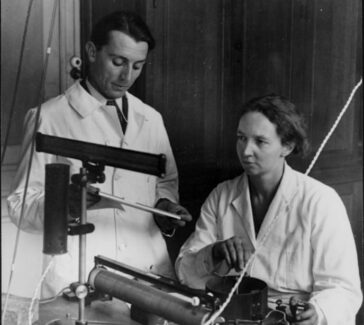Darleane C. Hoffman
Over the course of her career, Hoffman, a nuclear chemist, chased some of the most elusive forms of matter—the heavy elements.
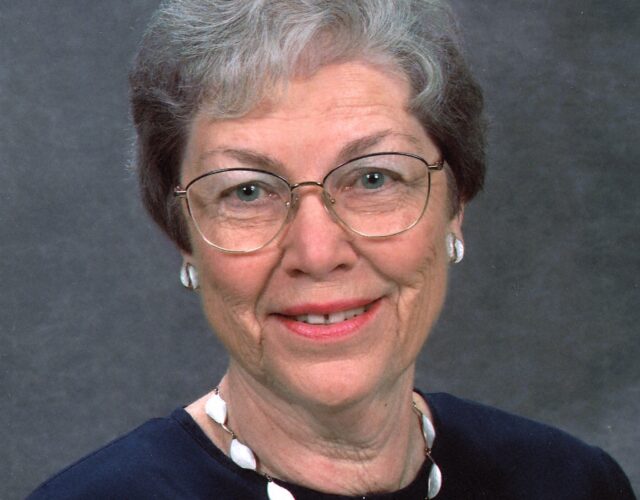
The heavy elements, which include plutonium, are hard to produce and exist only briefly, yet one woman has dedicated her career to capturing and analyzing them. In studying these elusive elements she has made important discoveries about the nature of nuclear fission.
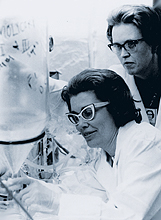
Darleane C. Hoffman, née Christian (b. 1926), grew up in Iowa. Her father was a school principal who sometimes taught math and coached girls’ basketball as well. After high school she entered Iowa State College (now Iowa State University), where she first majored in applied art but later changed to chemistry.
She was inspired to pursue science by her chemistry professor, Nellie Naylor, but had some qualms because many women who went into science in those days had to choose between having a career and having a family—as Naylor had done—and Hoffman knew she wanted both. The story of Marie Curie, a Nobel Prize–winning scientist who also raised two daughters, convinced Hoffman to go ahead with her plans.
After graduation Hoffman stayed at Iowa State to earn her doctorate. There she met and married Marvin Hoffman, also a doctoral student. Darleane graduated first and in 1952 went to work at Oak Ridge National Laboratory in Tennessee while Marvin remained in Iowa to finish his doctorate. The Hoffmans soon reunited in Oak Ridge and then together went to work at Los Alamos National Laboratory in New Mexico, where they researched nuclear chemistry. They also raised two children during their time at Los Alamos.
Thirty-Five Seconds
Hoffman became known for a number of important achievements. For years scientists believed that transuranium elements—elements whose atomic number is greater than 92, that of uranium—did not occur in nature, but in 1971 Hoffman published her discovery of small amounts of a plutonium isotope (plutonium-244) in a rock formation that was several billion years old.
Hoffman also carried out a rare study of the chemistry of the element hahnium, also called dubnium. The study was rare because transuranium elements are so radioactive that they quickly decay before they can be studied. Using an isotope called hahnium-262, which has a half-life of only 35 seconds, she was able to study how the element behaved both in aqueous solution and in the gas phase. She studied the same properties of lawrencium-103, which has a half-life of three minutes.
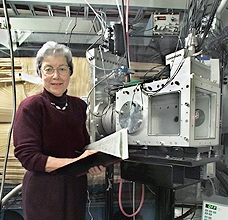
Along the way Hoffman made a significant discovery about nuclear fission, the atomic process at the heart of nuclear power. Scientists had known since the late 1930s that the nuclei of certain elements split when bombarded with neutrons, but in the early 1970s Hoffman discovered that the atoms of one element, fermium, could split spontaneously.
Lawrence Berkeley National Lab
Hoffman worked at Los Alamos from 1953 to 1984, when she left to become a professor at the University of California, Berkeley, and a researcher at the affiliated Lawrence Berkeley National Laboratory, thus becoming one of Glenn Seaborg’s most celebrated colleagues. There she was involved with the discovery of new superheavy elements, including elements 114 and 116.
Hoffman has helped investigate nuclear-weapons test sites for dangerous leakage of radioactive materials into the environment and is interested in the safety issues surrounding the solid radioactive waste produced by nuclear power. She received the National Medal of Science in 1997, the Priestley Medal in 2000 from the American Chemical Society, and numerous other honors.
Featured image: Courtesy of Darleane C. Hoffman.

